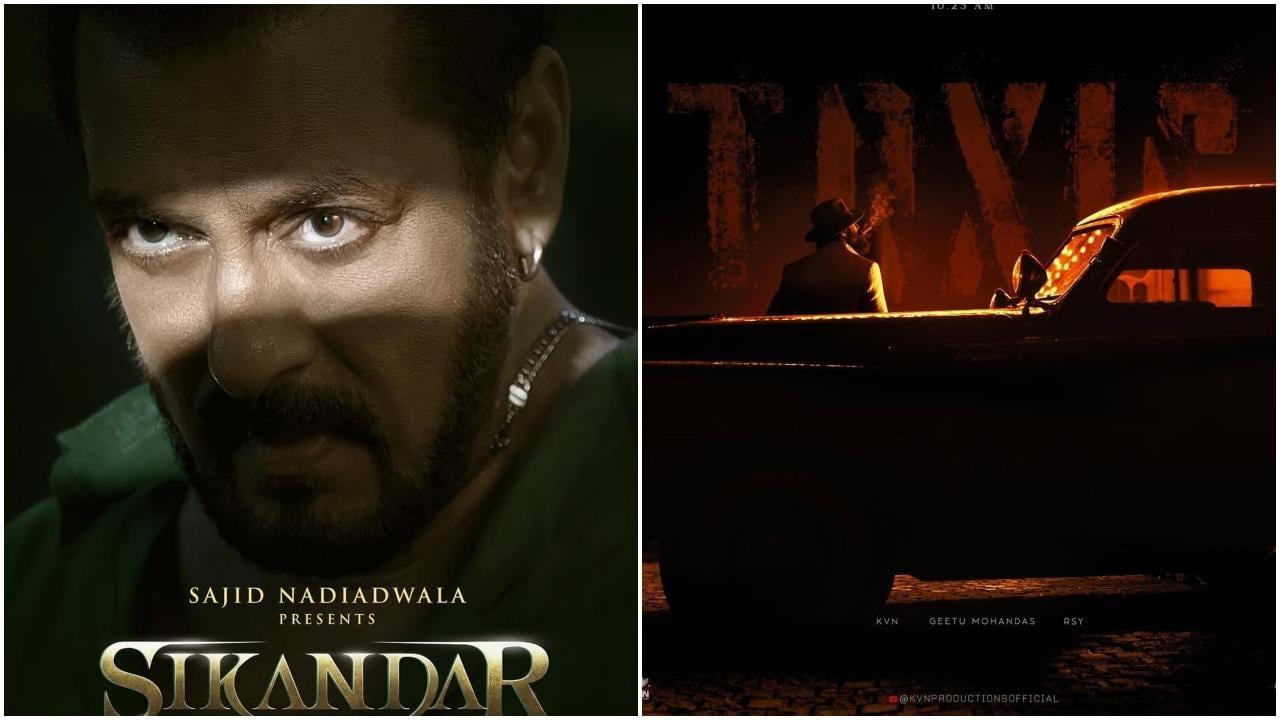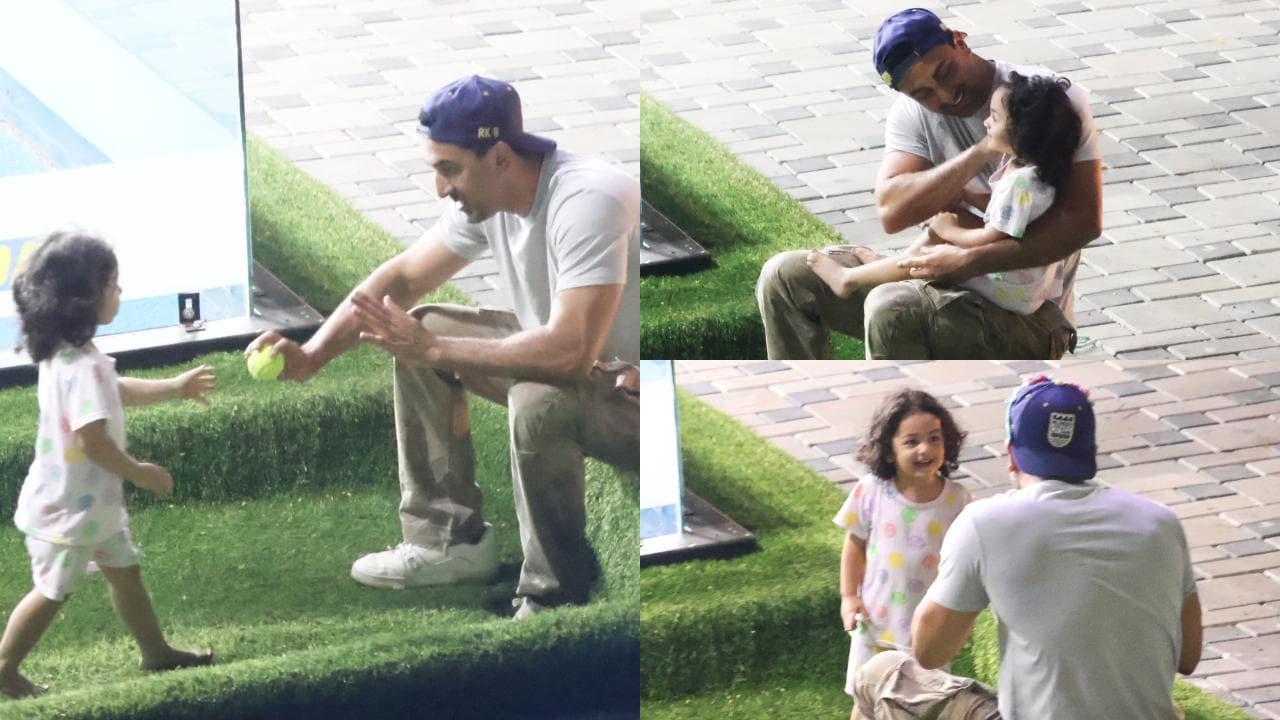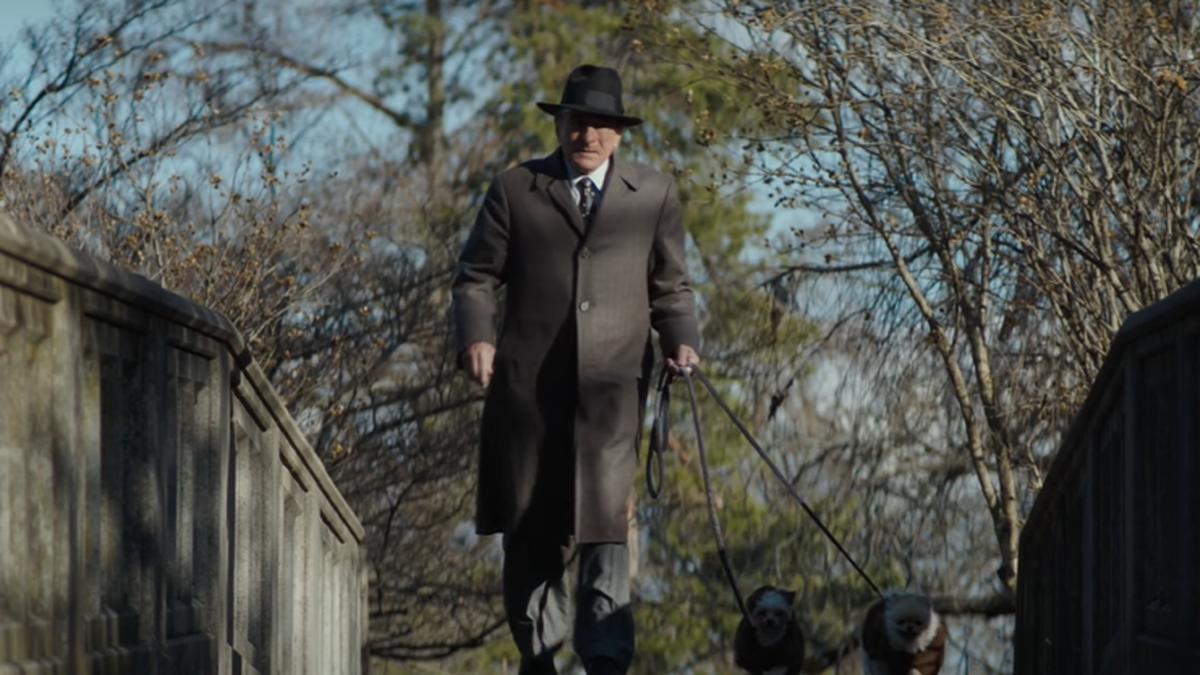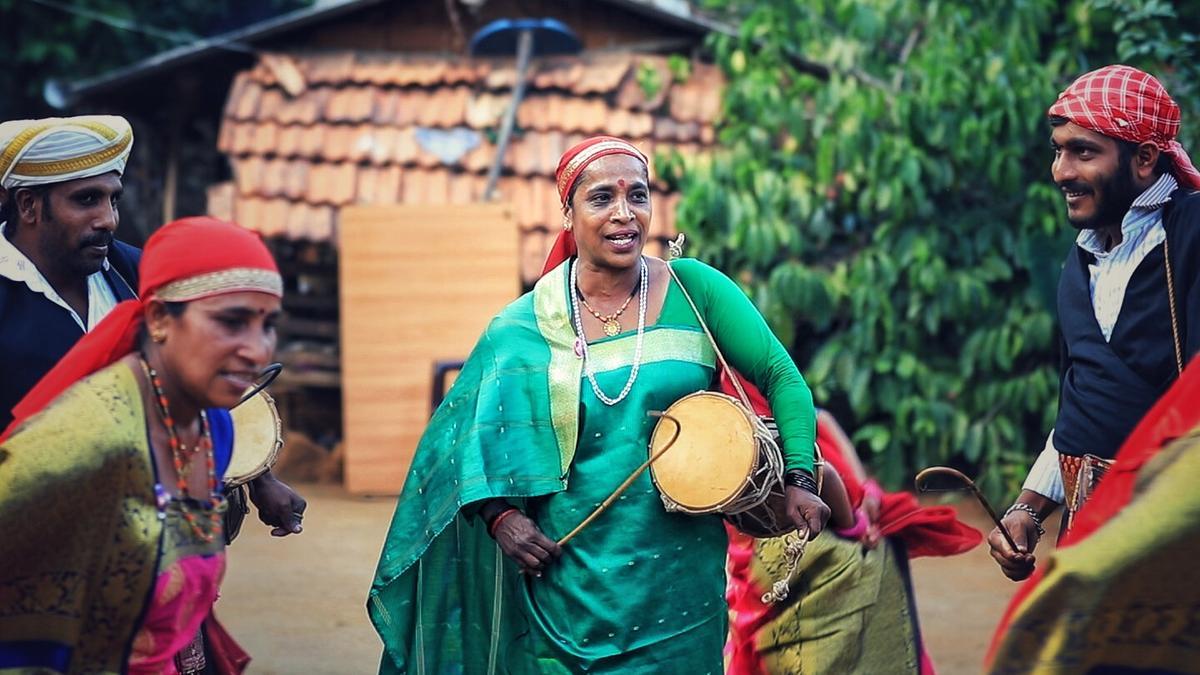
In the hustle and bustle of last-minute preparations, we catch up with the animated director Chimbudeven just days before the release of his much-anticipated film, “Boat.” The frenzy of final touches doesn’t deter him from sharing the intricate journey of creating this feature starring the ever-popular Yogi Babu.
“Boat,” as the title subtly hints, predominantly unfolds on a vessel adrift in the open sea. Chimbudeven describes the experience of writing this sea-bound narrative as one of his most engaging ventures. Drawing inspiration from literary classics such as Ernest Hemingway’s ‘The Old Man and the Sea,’ the director has crafted a tale steeped in history and human resilience. “During my school days, Hemingway’s work left a lasting imprint on me. Over the years, novels like Sandilyan’s ‘Kadal Pura’ and ‘Thanneer Desam,’ as well as several films, fueled my fascination with stories set against the vast, enigmatic backdrop of the sea,” he reveals.
The plot of “Boat” intertwines the relentless nature of the ocean with events from a turbulent era. “The sea breathes life into the story. The ever-changing weather, clouds, sky, and wind create a dynamic setting,” explains Chimbudeven. Set during the politically charged year of 1943, the storyline reflects the struggle for survival amidst war. “A friend shared with me how his great-grandfather escaped bombings in Madras by taking refuge in boats. This piece of history inspired the crux of ‘Boat.'”
However, penning the tale was only the beginning. The transition from script to screen proved more formidable than anticipated. “We faced numerous challenges during production,” Chimbudeven admits. Scouting for locations with cinematographer Madhesh Manickam was particularly grueling. “Ideal spots had heavy tides, and while Rameshwaram had calmer waters, it was too crowded. We ultimately settled on Uvari near Tiruchendur.”
Finding an appropriate boat was another hurdle. Initially, they procured a vessel that was too cramped for the cast to maneuver. “The late art director Santhanam discovered a suitable boat in Kerala, which required modifications in Rameshwaram to fit our needs. Traditional oar-propelled boats are quite rare today,” Chimbudeven remarks.
The production team encountered greater challenges once shooting commenced. “Filming on the sea is unparalleled in its difficulty. Unlike a forest or a hill where the environment is somewhat controllable, predicting the sea’s behavior was nearly impossible,” Chimbudeven says with a chuckle. “It took three days just to get accustomed to the conditions.”
Safety measures included having fishermen nearby and recovering equipment that occasionally fell overboard. Inclement weather further complicated shooting schedules.
. “Natural lighting would change, necessitating long waits to complete scenes. When it rained, everyone’s clothes had to be dried before shooting could resume. Nevertheless, these experiences enriched the film.”
Chimbudeven reflects on whether the audience will recognize these behind-the-scenes struggles. “The final product is what matters to the viewer. If someone else chooses to film in similar conditions, they might understand our ordeal. But the audience just wants a compelling story,” he states firmly, adding that the inherent challenges of the setting lend authenticity to the narrative.
A still from ‘Boat’ | Photo Credit: Special Arrangement.
The connection to historical and political themes is evident in Chimbudeven’s work, particularly in films like “Pulikecei,” “Irumbukkottai Murattu Singam,” and “Puli,” which often feature period backdrops. “Our sophisticated lives today stem from the decisions and movements of our forefathers. History shapes our present, which is why it captivates me,” he explains.
Chimbudeven critiques the portrayal of Indian history in media, asserting, “Many freedom fighters, especially from regions like Bengal, haven’t received their due recognition. Even during World War II, films like ‘Dunkirk’ overlooked the significant contribution of Indian soldiers.”
In the “Boat” trailer, the ensemble cast’s diverse ethnic, religious, and linguistic backgrounds illustrate the film’s metaphorical depth. Chimbudeven is known for embedding rich layers of meaning within his narratives. “If the primary story is strong, audiences will appreciate the secondary metaphors. As a former cartoonist, I find that such layers enrich the storytelling,” he notes.
One of the film’s poignant messages is a reminder of societal values and history. “Messages in films offer gentle reminders rather than didactic solutions. In ‘Pulikecei,’ characters often break the fourth wall to humorously critique tropes. Similarly, ‘Boat’ conveys its messages subtly,” Chimbudeven adds.
The film also marks Yogi Babu’s transition from comedian to lead actor, continuing Chimbudeven’s tradition of casting actors in unexpected roles. “The story dictates the actor, not the other way around. When the narrative and business aspects align, the film excels,” he asserts.
Chimbudeven’s versatility spans genres from Westerns to magical realism. “Early filmmakers have successfully explored these genres. Regardless of format, the goal is to deliver an engaging film. If the story resonates, the genre becomes secondary,” he concludes.
As anticipation builds, “Boat” is set to release in theaters on August 2, promising a cinematic journey that highlights personal and historical voyages across the stormy seas of time.










